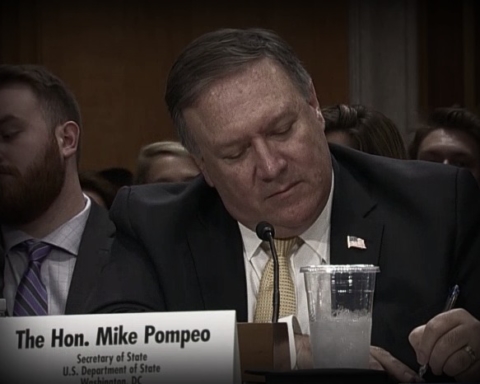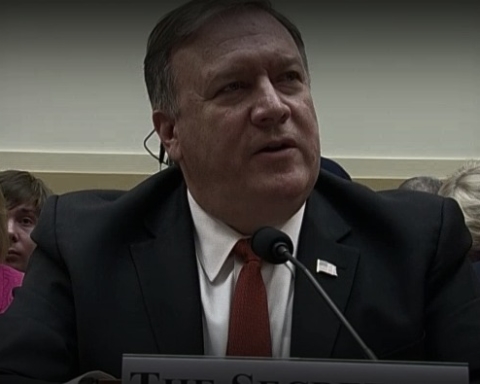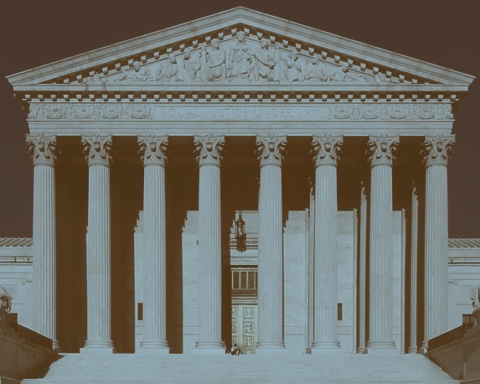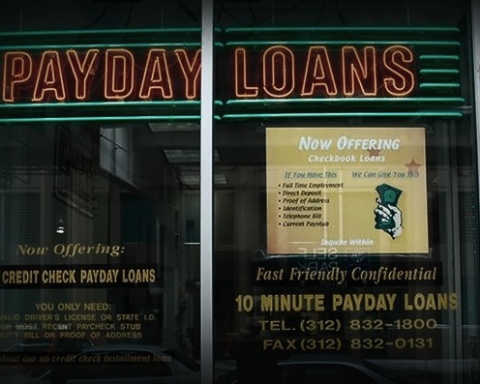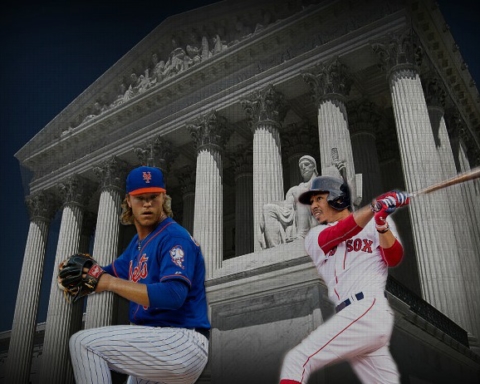Heavy-handed racialized punishment starts at an early age, the Government Accountability Office confirmed on Wednesday.
The federal watchdog released a report finding that Black students are over-represented among severely reprimanded elementary, middle and high school students.
While Black children and teenagers make up 15.5 percent of all public school students, they’re disproportionately represented among the number of students who have received out-of-school suspensions (38.7 percent), school-related arrests (34.9 percent), and expulsions (30.1 percent).
And while boys are over-represented among students who receive major punishments, Black girls were reprimanded in US schools at almost twice the rate of White boys (10 percent and 5.2 percent, respectively).
“Regardless of the level of school poverty, Black students, boys, and students with disabilities were suspended from school at disproportionately higher rates than their peers,” GAO said.
The comptroller also noted that both the trends and overall discipline rates get worse, as poverty increases.
The report also noted that Black students are even more likely to be punished at charter schools than their conventional counterparts.
“That is, although they represented about 29 percent of all students in charter schools,” GAO explained, “Black students accounted for more than 60 percent of the students suspended from charter schools (about 32 percentage points higher than their representation in those schools).”
Public charter schools are often touted as a salve by those who accuse conventional public schools of failing marginalized populations.
Though the report was careful to stress that its findings don’t “establish whether unlawful discrimination has occurred,” it did cite previous research on a legal form of discrimination: implicit bias.
“For example, one study found that Black girls were disproportionately disciplined for subjective interpretations of behaviors, such as disobedience and disruptive behavior,” GAO said.
The watchdog also cited another study that used “eye-tracking technology” to show “teachers gazed longer at Black boys than other children when asked to look for challenging behavior based on video clips.”


